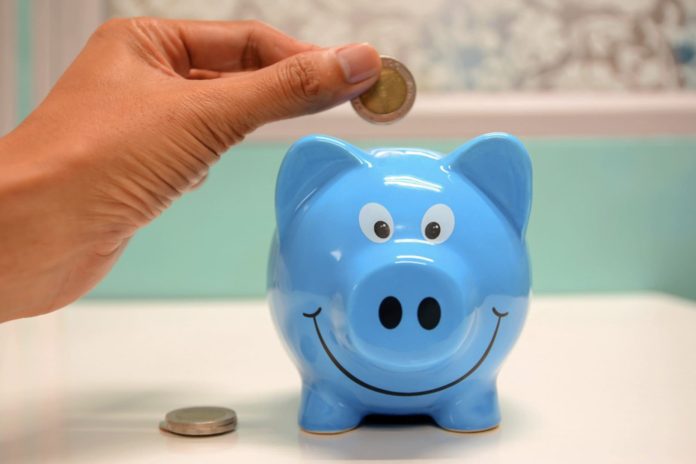More about household customers and their water bills
The amount charged by water companies depends on the type of service you receive and where you live. There are three main types of charges: metered, unmetered, and assessed. If you receive both water and sewerage services from different suppliers, you may receive two separate bills. If your property is empty, you may still have to pay charges for vacant properties. Additionally, there are charges for non-standard services if requested by customers. Each water company has its charges scheme, outlining the terms and conditions. If you believe that you have not been charged correctly, you can contact the Consumer Council for Water for advice. If you need special assistance or are struggling to pay your water bill, you can find more information in our customer assistance section.
Non-Household customers
Non-household customers are usually charged based on the amount of water they receive through a meter. However, some non-household customers who do not have a meter are charged based on the rateable value of their property. The amount you pay for your water and sewerage services each year depends on the location and the charging system of the water company. If your water service and sewerage service are provided by different companies, you may receive two bills, one from each company.
Reducing your water bill
As most non-household customers are charged based on the amount of water they use, reducing water consumption can help lower the water bill. Here are some ways to reduce water usage and save money. Business Energy Comparison is the ideal way to find the best deals online without too much effort!
- Monitoring your water meter regularly: By checking your water meter on a regular basis, you can identify any unusual increase in water usage and detect leaks quickly. This can help you address the problem before it gets worse, saving you money in the long run.
- Installing water-saving devices: There are various water-saving devices that you can install in your business to reduce water consumption. For example, aerators can be fitted to taps to reduce water flow, and water-efficient showerheads can be installed in showers. Dual-flush toilets and urinals that use less water can also be installed.
- Encouraging staff to minimize water usage: By educating your staff on the importance of conserving water, you can reduce your water bill. Simple steps like turning off taps when not in use and using a broom instead of a hose to clean outdoor areas can make a big difference.
- Maintaining existing equipment and fixing leaks: Regular maintenance of equipment and prompt repair of leaks and dripping taps can help prevent water wastage. A dripping tap can waste a significant amount of water over time, so it’s important to fix them as soon as possible.
- Insulating pipes: Insulating pipes during the winter can prevent leaks and reduce the risk of burst pipes. This can also help reduce your energy bill as insulated pipes retain heat better.
One effective strategy for businesses to save money and reduce water consumption is to install rainwater harvesting and greywater recycling systems. Rainwater harvesting involves collecting rainwater from roofs and using it for non-potable purposes like watering plants and flushing toilets. Greywater recycling, on the other hand, entails reusing water from sinks and showers for toilet flushing or outdoor irrigation. By adopting these methods, companies can lessen their water bills, conserve freshwater resources, and promote environmental sustainability by reducing their carbon footprint and conserving energy and resources. While there may be some initial costs associated with implementing these systems, the long-term savings and environmental benefits make it a wise investment. The best way to go is always to find your own way, which 90% of the time will be a combination of advice and finding your own home remedies and solutions.
In Conclusion
In conclusion, understanding how your business is charged for water services is essential for managing costs. Non-household customers are typically charged based on the amount of water they use, so reducing water consumption can help lower the water bill. This can be achieved by monitoring water usage regularly, installing water-saving devices, encouraging staff to conserve water, maintaining equipment, and fixing leaks promptly. Insulating pipes and investing in new systems like rainwater harvesting and greywater recycling can also help reduce water usage and save money in the long term. By implementing these measures, businesses can reduce their water bills and become more environmentally sustainable. Additionally, companies can maximize their savings by comparing water rates and finding the best deals online through services like Business Energy Comparison.









